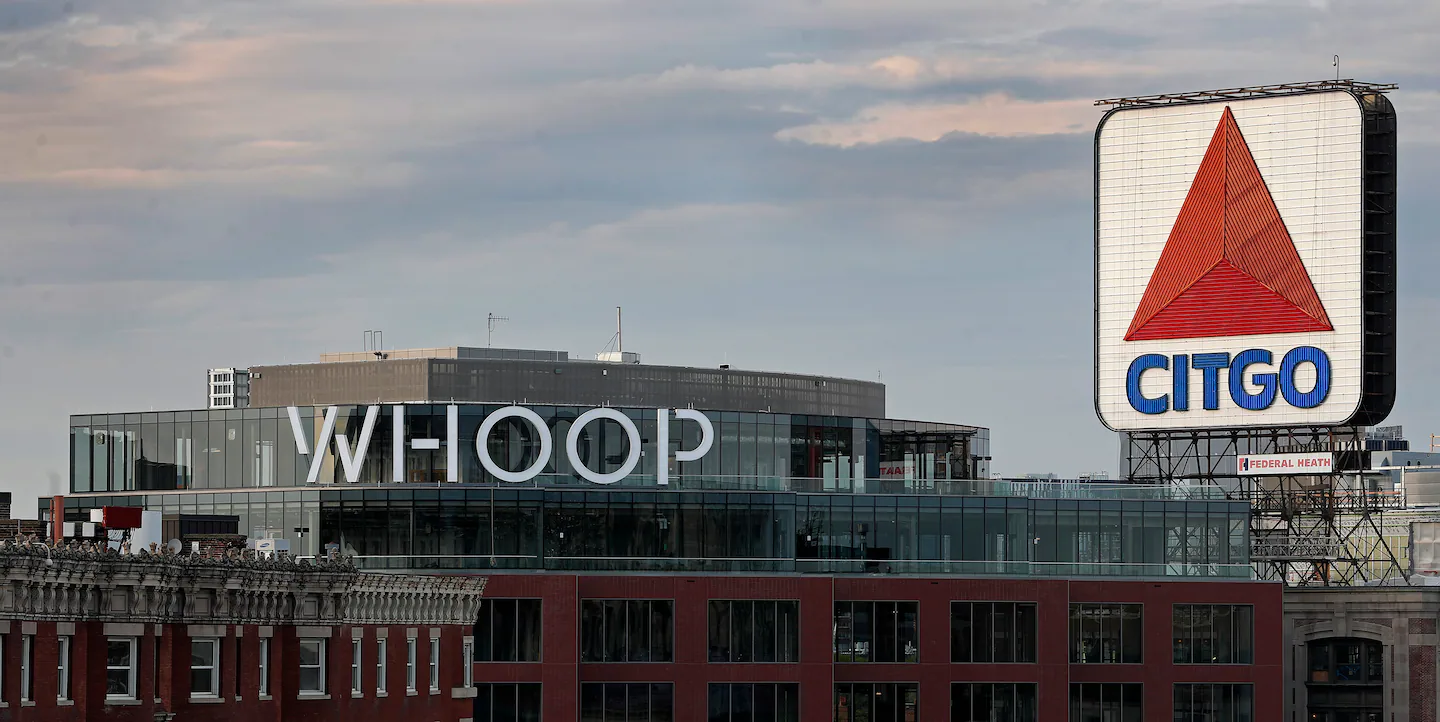Copyright The Boston Globe

“We like to build things ourselves and we really want to build this home of health for our members,” he added. “If you ask yourself, what public company today owns personal health, what comes to mind? I draw kind of a blank spot. It feels like it should be a big company in the world that is known for owning personal health.” Ahmed also said that ongoing conversations with the US Food and Drug Association to resolve a dispute around Whoop’s new blood-pressure tracking tool have taken a “constructive” turn. A potential IPO would cement Whoop’s position as a leader in the wearables and wellness space, particularly in a growing sub-category of screen-less gadgets offering alternatives to smartwatches. Oura Health Oy, for example, offers similar health tracking capabilities in a ring-style device, while Samsung Electronics Co. launched a similar smart ring last year. Unlike some of its rivals, Whoop does not charge an upfront fee for its fitness bands. Instead, it makes money from mandatory membership plans, which can run as much as $359 per year. The hardware is included with that subscription, and in the event a customer cancels, their device will effectively become unusable. By comparison, Oura charges for both a membership ($5.99 a month or $69.99 a year) plus the smart ring itself (starting at $349). Both companies’ products and services can be paid for using healthcare savings accounts. Originally designed for elite athletes, Whoop’s platform was meant to help already fit (and often competitive) people optimize their performance. The company saw a surge in membership during the pandemic as more users turned to it for overall wellness insights. Subscriptions have grown 20 times since 2020 and are up 75 percent over the last two years, according to the company. More recently, Whoop has been equally focused on gauging its customers’ underlying health. Its latest high-end model, the Whoop MG — short for “medical grade ” — includes access to blood pressure tracking, an electrocardiogram feature, atrial fibrillation detection and irregular heart rhythm notifications. The company also recently introduced a bloodwork integration tool and Healthspan, a feature that attempts to quantify someone’s biological age. Whoop was founded in 2012 and employs 725 full-time staff, up nearly 200 people in two years. It’s found much of its recent growth in markets outside the US. It operates in 60 markets globally, with 60 percent of sales coming from international markets, Ahmed said. (Just four years ago, the US made up about 70 percent of its member base.) Over time, it’s moved from a direct-to-consumer model to one involving retailers and wholesalers. Whoop is also exploring new health features, including integrating data from blood sugar monitors. The Oura Ring and other health trackers already support input from third-party devices such as those made by Abbott Laboratories and Dexcom Inc. Where the industry hasn’t yet made a breakthrough is in non-invasive glucose monitoring — the ability to measure blood sugar without the need to prick the skin. Apple, Samsung and several other technology giants have been working for years toward that goal, though none have yet brought such a product to market. “We’re going to do two things: One is bring that data into Whoop, however you’re collecting it” Ahmed said. “And two is look at the method for collecting it and see if that can be much more non-invasive.” He declined to comment on timing, but said he expects the technology’s hardware limitations to evolve more quickly than most people anticipate. Whoop will add blood tests in the first quarter of 2026 to include biomarkers for women’s hormonal health, men’s hormonal health, heart health and metabolic health. Ahmed said this is a major step toward how Whoop envisions the future of its platform to act as a so-called “a health operating system.” The company is training its own artificial intelligence model so that it can operate like a typical model would anticipate the next word in a sentence. That means, Ahmed hopes, one day predicting heart attacks, strokes and other conditions.



